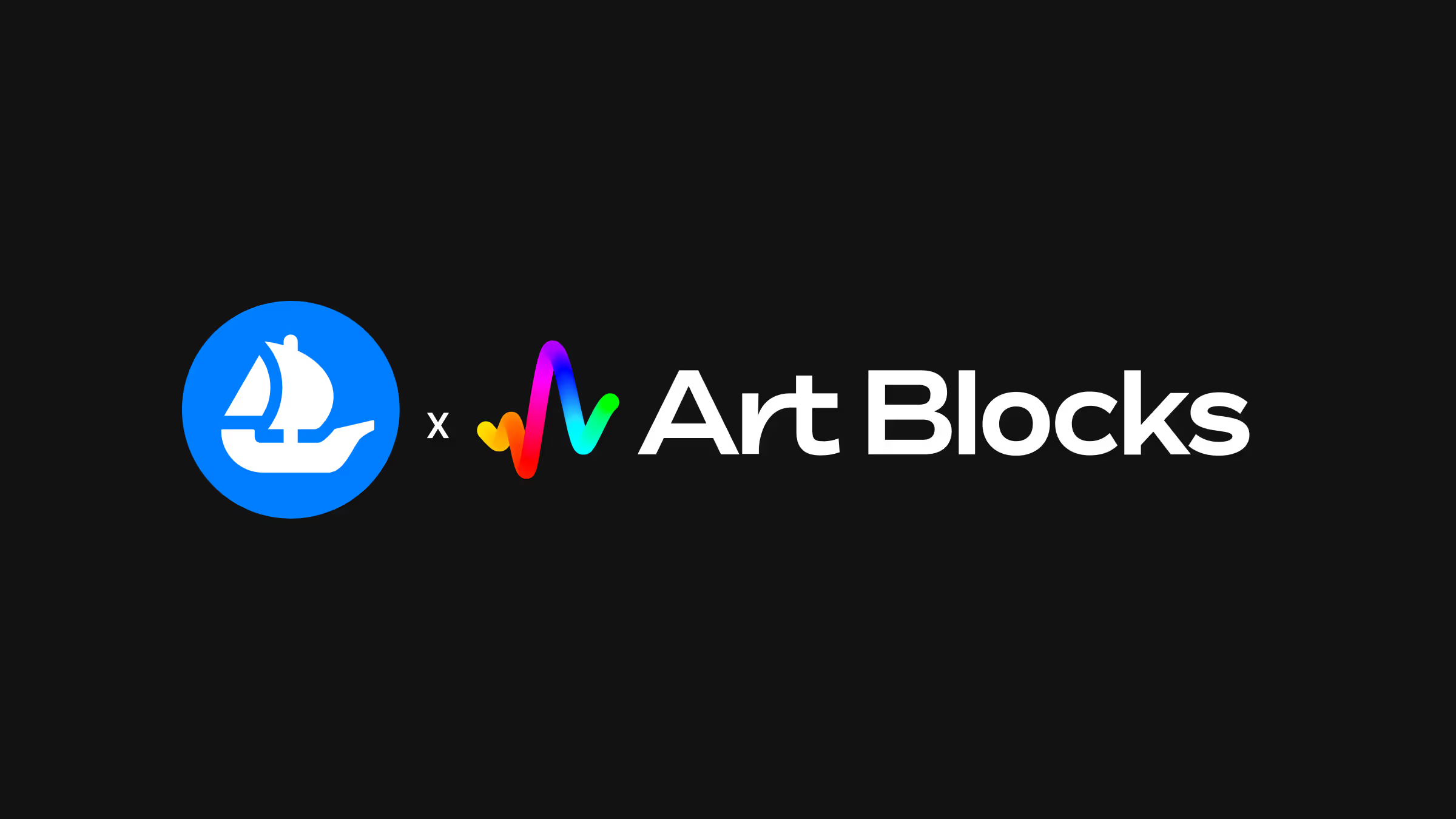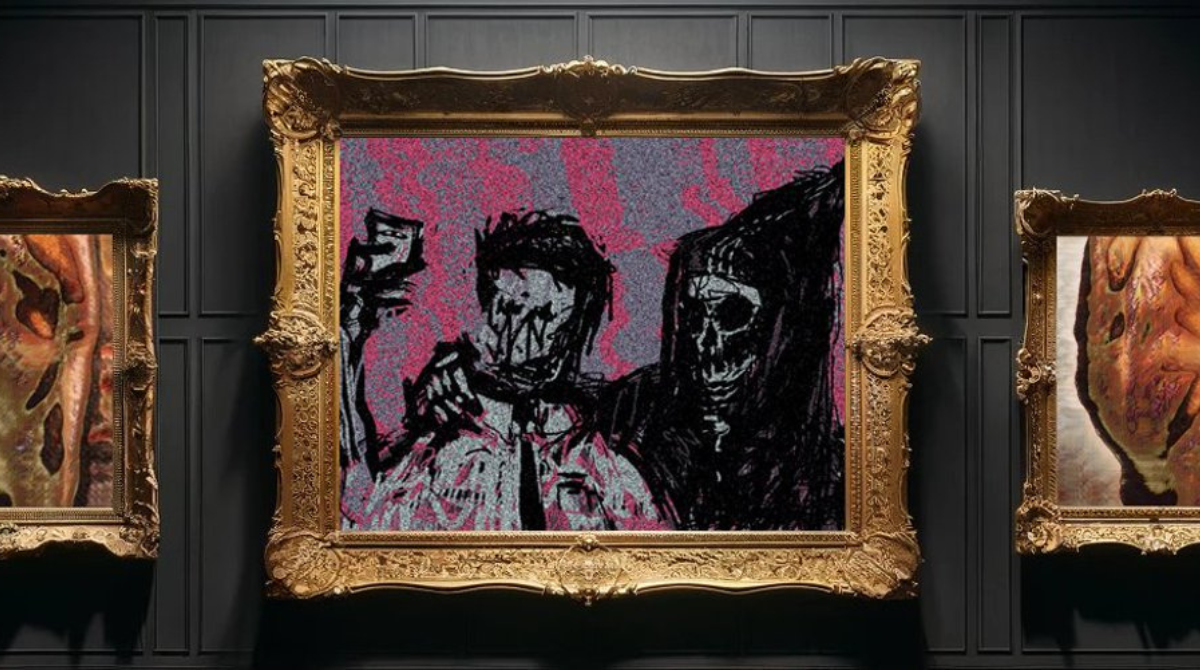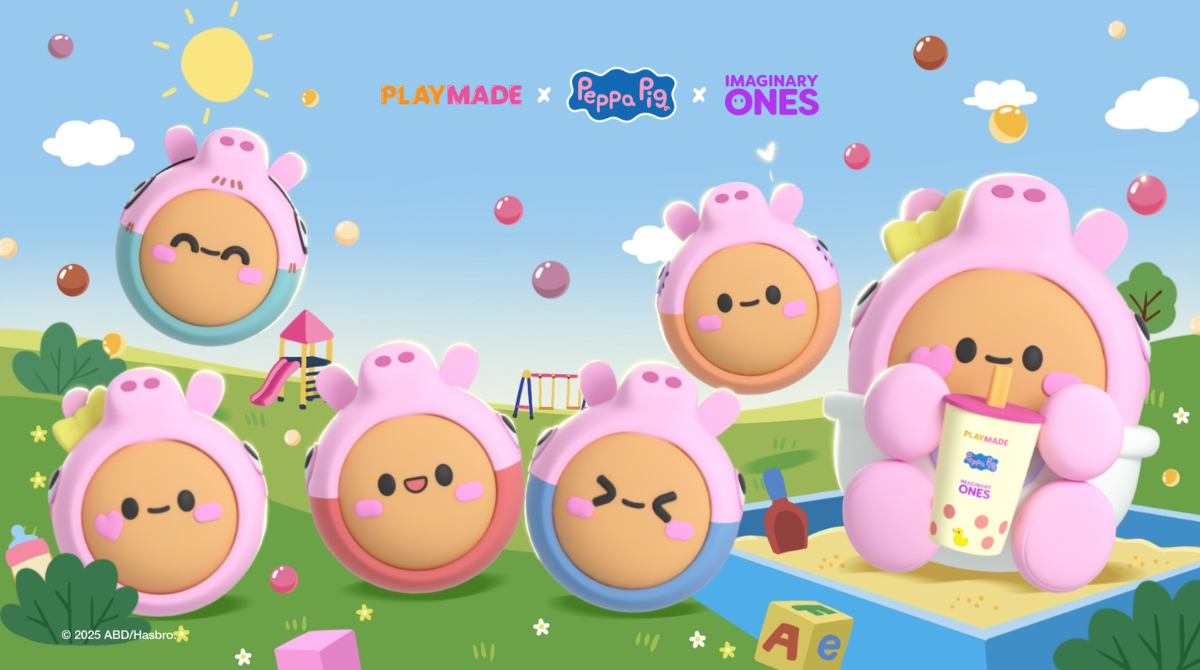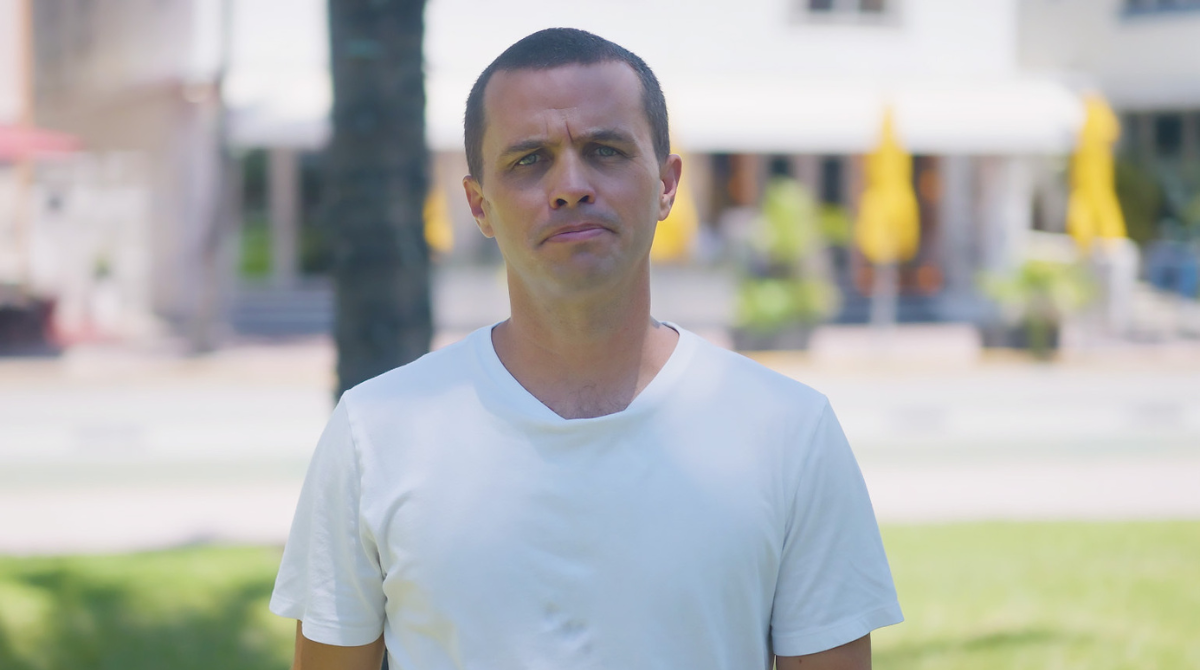For MLow, art has always been more than a creative pursuit. It began as therapy during childhood cancer treatment and evolved into a lifelong practice of transformation and resilience. In his latest collection, Transdimensional Trippers, MLow channels that same spirit, blending AI and human craft to explore the beauty that can emerge from struggle. From themes of spirituality and self to giving back to the communities that once supported him, his work reflects a journey that is both deeply personal and widely relatable.
Note: This interview has been edited for length and clarity

OpenSea: What was your first meaningful interaction with art, whether traditional or digital, and how did it lead you into the world of blockchain-collecting?
MLow: I’ve been an artist for over ten years. I actually started when I was getting treatment for cancer. I had rhabdomyosarcoma when I was about five years old and spent a year in and out of hospitals for chemotherapy. During that time, I began art therapy and found a deep connection with creating. It became more than a way to express myself. It was an outlet for being alive.
Art has always been essential to me. I first trained as an analog photographer, then transitioned to digital. The darkroom was cool, but hard to access, and I could see the world shifting toward digital creation. Around 2016, I started investing in bitcoin. A few years later, when Ethereum and smart contracts began to take off, I saw how I could bring my art on-chain. Before NFTs, selling digital art meant selling prints. NFTs made it possible for me to share my work directly with the world in its natively digital format.

OpenSea: When you were doing art therapy as a kid, what kind of medium were you using?
MLow: It was a combination, but mostly photography. I wasn’t able to do a lot of physical work then, so photography was easier. I could take photos, develop them, and work on them in my own time.
OpenSea: You’ve described Transdimensional Trippers as transforming trauma into art. When did you first realize creating could be a process of working through what you went through as a kid?
MLow: That realization came only a few years ago. I understood I had a story worth sharing. One about hope and passion. I wanted to show that even when you trip and fall, you can still keep going. Through art, I can share joy and resilience. Art helps me process the trauma and celebrate the act of making it to the other side.
OpenSea: The visuals in this project shift through different phases and states of mind. When you’re building a piece, is there something emotional or visual that tells you when it’s done?
MLow: For me, a piece is finished when it’s visually appealing and telling the story I want it to tell. It needs to fit within the broader narrative of my personal story and the story of Trippers. I created around 10,000 pieces for this collection and narrowed it down to 500. That process was hard but rewarding. Seeing the final collection together is powerful. Each piece is unique, yet they all tell a shared story.
OpenSea: How did you narrow it down from 10,000 to 500?
MLow: It was a mix of instinct and structure. Some pieces stood out immediately. I just knew they had to be included. But I also had criteria: does it match the collection’s tone, does it tell the story, and does it represent my best work? I wanted every piece to feel intentional.
OpenSea: You’ve talked about how AI is part of your process, but that it can’t capture everything. Where does the technology end and your human touch begin?
MLow: The human touch is present throughout. It starts with curating data and images for the models, then training those models in the style I want. From there, I create each piece one by one. For animations, I stitch together different elements. For stills, I collage and edit in Photoshop, adjusting colors or combining images to make something more elaborate.
OpenSea: How long does one piece usually take?
MLow: It depends. This collection has been in the works for about six months. Some pieces took longer than others. I started it right after finishing my fLOWers collection on OpenSea in February.

OpenSea: The collection includes heroes, villains, shapeshifters, and aliens, which you’ve described as archetypes of the self. Is there one you identify with most?
MLow: I actually put myself into the collection. Once it’s revealed, you’ll see me appear a few times. I took about 50 photos of myself, trained a model on them, and combined that model with the one I used for Trippers. I wanted to show that I’m part of this world too.
OpenSea: That’s really interesting. There’s a strong sense of spirituality running through your work. Where does that spiritual thread come from for you?
MLow: I grew up religious, though now I’d say I’m more spiritual. I’ve gone through many trials and tribulations but still have faith in God and in things that make sense to me, like family, friends, and giving back to the community. Those values are woven throughout the collection. The Trippers are transdimensional, representing a higher level of being, and I wanted to show that the work has layers beyond what’s visible on the surface.
OpenSea: This drop supports St. Jude’s, Chai Lifeline, environmental organizations, right?
MLow: Yes. Chai Lifeline, “Chai” means “life” in Hebrew, supported me when I was a kid battling cancer. I wanted to give back to them, and to St. Jude’s as well. Last year, I helped LEAP raise about $250,000 for St. Jude’s through an art auction at Art Basel, and I’m donating part of this drop to St. Jude’s too.
OpenSea: How do you hope people connect with this collection?
MLow: More than identifying with a specific character, I hope people connect with the message that everyone trips and stumbles in life, but what matters is getting up and continuing forward. When people hear Trippers, they might think of psychedelics, but it’s much more than that. It’s about tripping in all senses. Making mistakes, traveling, or experiencing something intense. The art is visually “trippy,” but at its core, it’s about resilience.

OpenSea: You’ve been in crypto for a long time. How has the space changed since you started, and where do you see digital art heading next?
MLow: When I got into crypto in 2016, there wasn’t really a digital art scene. There were the Rare Pepes on Bitcoin, but that was more meme-based art. There were also no real regulations, and most people thought crypto was sketchy. Now we have institutional adoption and legitimacy.
It’s incredible that artists can now buy and sell digital art directly without needing galleries or intermediaries. The more we move toward an on-chain world, the better it will be for digital artists.
OpenSea: You ended your post with a line I loved: “The strongest people aren’t those who never fall. They’re the ones who trip, break, and still choose to become something beautiful.” What’s something you recently tripped on, and how did it reshape you?
MLow: I recently lost a close friend, which was really hard. During that time, I turned to art even more and went full-time as an artist. I poured my emotions into creating for over ten hours a day. Without that loss, I wouldn’t have experienced the growth that came after. Through that fracture, I was able to rebuild, refine my craft, and grow into something more beautiful.
OpenSea: That was beautifully put. Is there anything else you’d like to mention before we wrap up?
MLow: Yes. The theme of flowers. It connects back to my previous collection, fLOWers by MLow. Flowers have been a constant symbol of hope and joy for me ever since recovering from cancer. I love immortalizing them on the blockchain because they’ll last forever, unlike real flowers.
OpenSea: Luckily, they don’t need to be replaced every week!
MLow: Exactly. That’s the beauty of it.
Disclaimer: This content is for informational purposes only and should not be construed as financial or trading advice. References to specific projects, products, services, or tokens do not constitute an endorsement, sponsorship, or recommendation by OpenSea. OpenSea does not guarantee the accuracy or completeness of the information presented, and readers should independently verify any claims made herein before acting on them. Readers are solely responsible for conducting their own due diligence before making any decisions.
.png)



.avif)





.png)
.png)
.png)